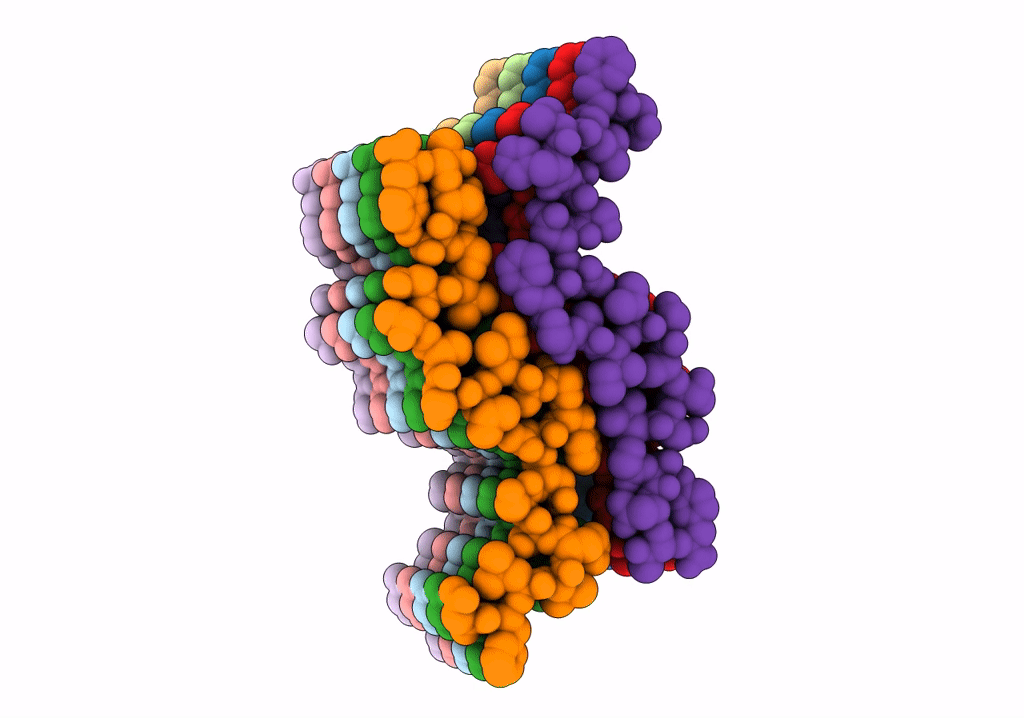
Deposition Date
2020-02-18
Release Date
2020-06-10
Last Version Date
2024-03-06
Entry Detail
PDB ID:
6VW2
Keywords:
Title:
Cryo-EM structure of human islet amyloid polypeptide (hIAPP, or amylin) fibrils
Biological Source:
Source Organism:
Saccharomyces cerevisiae (strain ATCC 204508 / S288c) (Taxon ID: 559292)
Homo sapiens (Taxon ID: 9606)
Homo sapiens (Taxon ID: 9606)
Host Organism:
Method Details:
Experimental Method:
Resolution:
3.40 Å
Aggregation State:
FILAMENT
Reconstruction Method:
HELICAL


